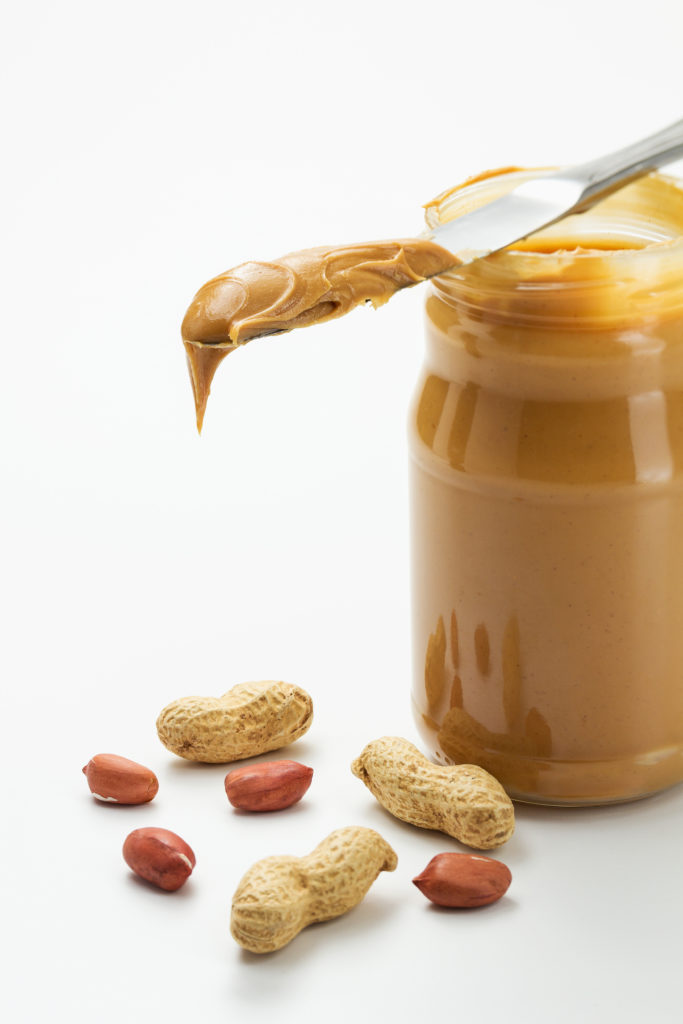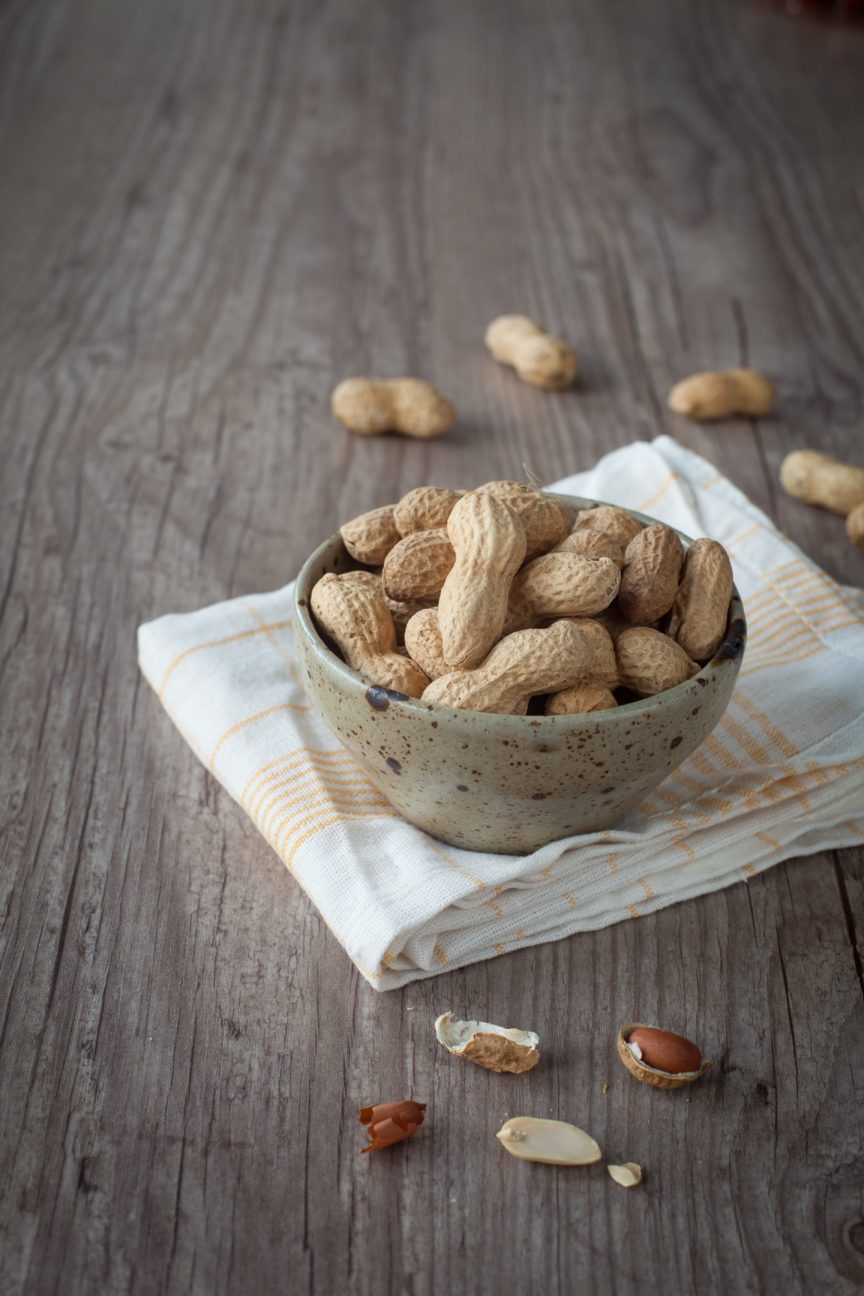Peanuts are nuts without much glamour, yet they have a decent set of nutrients, a stack of protein and can ‘count’ in a diabetic diet by being – for a nut – quite carb–y.
Grown in many places around the world, these nifty little nuts get called everything from groundnuts to monkey nuts and pig nuts but are in fact legumes – in other words, a fruit or seed. They’ve been eaten pretty much since the dawn of time — archaeologists have dated the oldest specimens found to about 7,600 years ago, found in Peru. The peanut was introduced to China by Portuguese traders in the 17th century, and they became popular in many Chinese dishes and across Asia. China is now the world’s biggest grower of the crop, producing about 40% of the world’s supply of peanuts.
Peanuts are a big crop because they have many uses. They can be eaten raw as well used in cooking for both sweet and savoury dishes, as well as being the basis for peanut butter and peanut butter sandwiches.
Simple salted peanuts are usually roasted in oil before being packaged and available as a fast snack. Peanuts are often a major ingredient in mixed nuts because of their relative cost compared to other nuts such as Brazil nuts, cashews or walnuts.
Smooth or crunchy
Peanut butter has a high protein content so is seen as nutritious by helping you feel fuller for longer. It resists spoiling for long periods of time, so most homes have a jar on a shelf somewhere. 
Peanut oil is often used in cooking, because it has a mild flavour and due to its high monounsaturated content, it is considered more healthy than saturated oils. Like peanut butter lasting for ages on a shelf, peanut oil takes a long time before it turns rancid. Peanut oil comes in different varieties like extra virgin, cold-pressed peanut oil and peanut extract. It’s also possible to make peanut flour which is gluten-free, and you can also get peanut milk.
Less known is that they can be made into solvents, oils and textile materials and can be found as an ingredient in cosmetics, plastics, dyes and paints. The oilcake meal residue from oil processing is used as an animal feed and as a soil fertilizer. Low-grade peanuts are also widely sold as a garden bird feed. Beyond the nuts themselves, peanut plant tops can also be used for hay.
The full nut
When it comes to carbohydrates, a serving of 100g (3.5oz) is 20g of carbs – and nearly 50g of fat. So you need to be counting these in your diet, and ditto any peanut butter you might be spreading on your sarnies or using in cookie baking. Peanuts are rich in nutrients being a good source of niacin – as much as 82% of you Recommended Daily Allowance (RDA). Niacin contributes to brain health and blood flow. Then there’s folic acid (62% RDA, also known as water-soluble B9 which helps prevent anaemia and reduces the risk of both strokes and depression. There’s also magnesium (52% RDA) and phosphorous (48% RDA), both of which are vital to human health. Low magnesium levels are associated with illnesses like asthma, osteoporosis and even diabetes, while low phosphorus can lead to muscle and neurological dysfunction. They have no trans-fats or sodium, and are about 25% protein and have a high fibre content. Wonder nuts indeed, peanuts are even used to help fight malnutrition. There are brands of high-protein, high-energy and high-nutrient peanut-based pastes developed to be used as a therapeutic food to relieve famine.
Peanut allergy
It’s estimated that 1–2% of people have mild to severe allergic reaction to peanut exposure; symptoms can range from watery eyes to full-blown anaphylactic shock, which can be fatal if untreated. Because peanuts are widely used in prepared and packaged foods, the avoidance of peanuts is difficult. Some foods processed in facilities which also handle peanuts may carry warnings on their labels.
Peanut plants
The entire peanut plant, including most of the roots, is removed from the soil during harvesting. The fruits have wrinkled shells that are constricted between pairs of the one to four (usually two) seeds per pod. Traditionally, peanuts were pulled and inverted by hand, and is now done by machine. Inverting the plant and leaving it on the soil allows the peanuts to dry slowly to a bit less than a third of their original moisture level over a period of three to four days. After the peanuts have dried sufficiently, they are threshed, removing the peanut pods from the rest of the bush.

